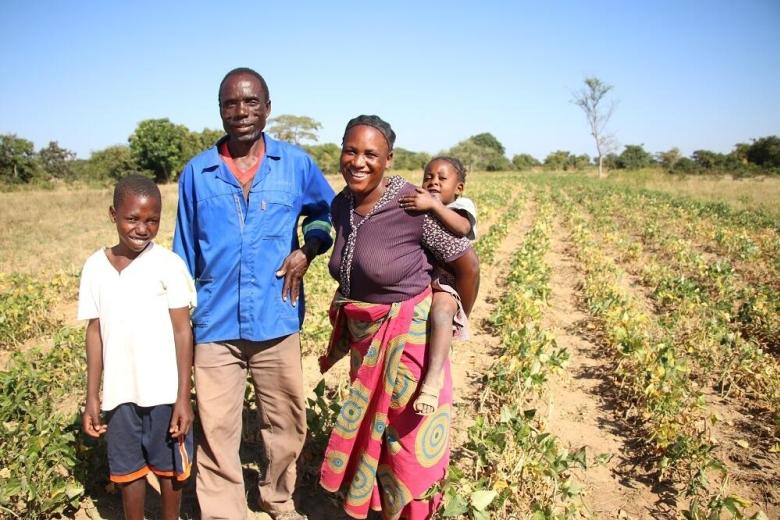
In today’s rapidly changing world, ensuring food security for a growing global population has become a paramount concern. With the world’s population expected to reach nearly 10 billion by 2050, the demand for food is ever-increasing. To meet this demand, agriculture technology, often referred to as AgTech, has emerged as a critical player in reshaping the landscape of food production. In this article, we will explore the pivotal role of agriculture technology in addressing global food security concerns.
Understanding Global Food Security
Food security is a complex issue that encompasses not only the availability of food but also its accessibility and affordability. The Food and Agriculture Organization (FAO) defines food security as a state where all people, at all times, have access to sufficient, safe, nutritious food to maintain a healthy and active life. Achieving global food security requires innovative solutions, and agriculture technology is at the forefront of this effort.
The Impact of Population Growth on Food Security
As the global population continues to grow, so does the demand for food. This exponential increase poses significant challenges to traditional agricultural practices. Agriculture technology offers a promising solution by increasing the efficiency and productivity of food production.
Precision Agriculture and Crop Yield Enhancement
One of the key areas where AgTech excels is precision agriculture. This approach leverages data analytics, sensors, and GPS technology to optimize farming practices. Farmers can now monitor soil health, track weather patterns, and precisely apply fertilizers and pesticides. This not only reduces waste but also enhances crop yields.
Sustainable Farming Practices
Sustainability is crucial in ensuring long-term food security. Agriculture technology plays a pivotal role in promoting sustainable farming practices. Through innovations such as vertical farming, hydroponics, and aquaponics, it is possible to produce more food with fewer resources, making agriculture more environmentally friendly.
Combating Climate Change Effects
Climate change poses a significant threat to global food security, leading to extreme weather events and changing precipitation patterns. Agriculture technology assists in mitigating these effects by providing tools to adapt to new climate conditions. Drought-resistant crops and advanced irrigation systems are examples of AgTech solutions that help farmers cope with climate-related challenges.
Enhancing Food Distribution and Storage
Efficient distribution and storage are essential components of food security. Agriculture technology is not limited to the farm but extends to the entire food supply chain.
Smart Logistics and Supply Chain Management
Advanced logistics systems powered by technology ensure that food reaches its destination quickly and in optimal conditions. IoT (Internet of Things) devices and blockchain technology are being used to track the movement of food from farm to table, reducing waste and improving transparency.
Cold Chain Technology
Preserving perishable food items is critical to food security. Cold chain technology, which includes refrigeration and temperature-controlled transport, helps prevent spoilage and extends the shelf life of food products. This is particularly vital for transporting food to remote and underserved areas.
Empowering Small-Scale Farmers
Small-scale farmers make up a significant portion of the global agricultural workforce. Agriculture technology empowers these farmers to improve their livelihoods and contribute to food security.
Access to Information and Markets
AgTech provides small-scale farmers with access to valuable information, market prices, and agricultural best practices through mobile apps and online platforms. This knowledge enables them to make informed decisions and improve their crop yields.
Financial Inclusion
Many small-scale farmers lack access to traditional banking services. Digital financial tools powered by AgTech, such as mobile banking and microloans, enable them to invest in their farms and increase productivity.
Conclusion
In a world where the demand for food is continually rising, agriculture technology emerges as a beacon of hope for achieving global food security. From precision agriculture to sustainable farming practices and improved food distribution, AgTech innovations are transforming the way we produce, distribute, and consume food. By harnessing the power of technology, we can feed a growing population while preserving our planet’s resources.